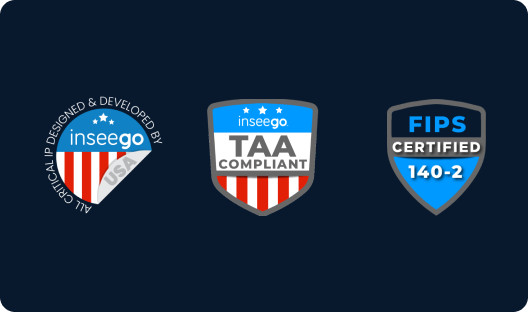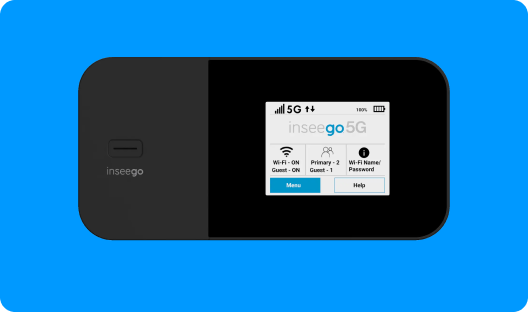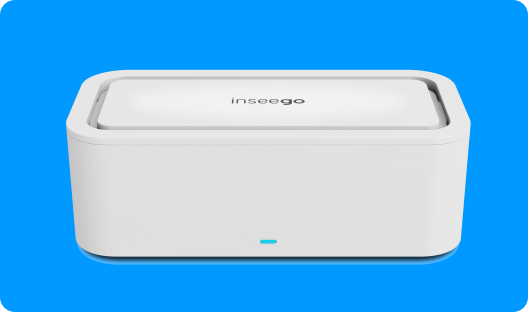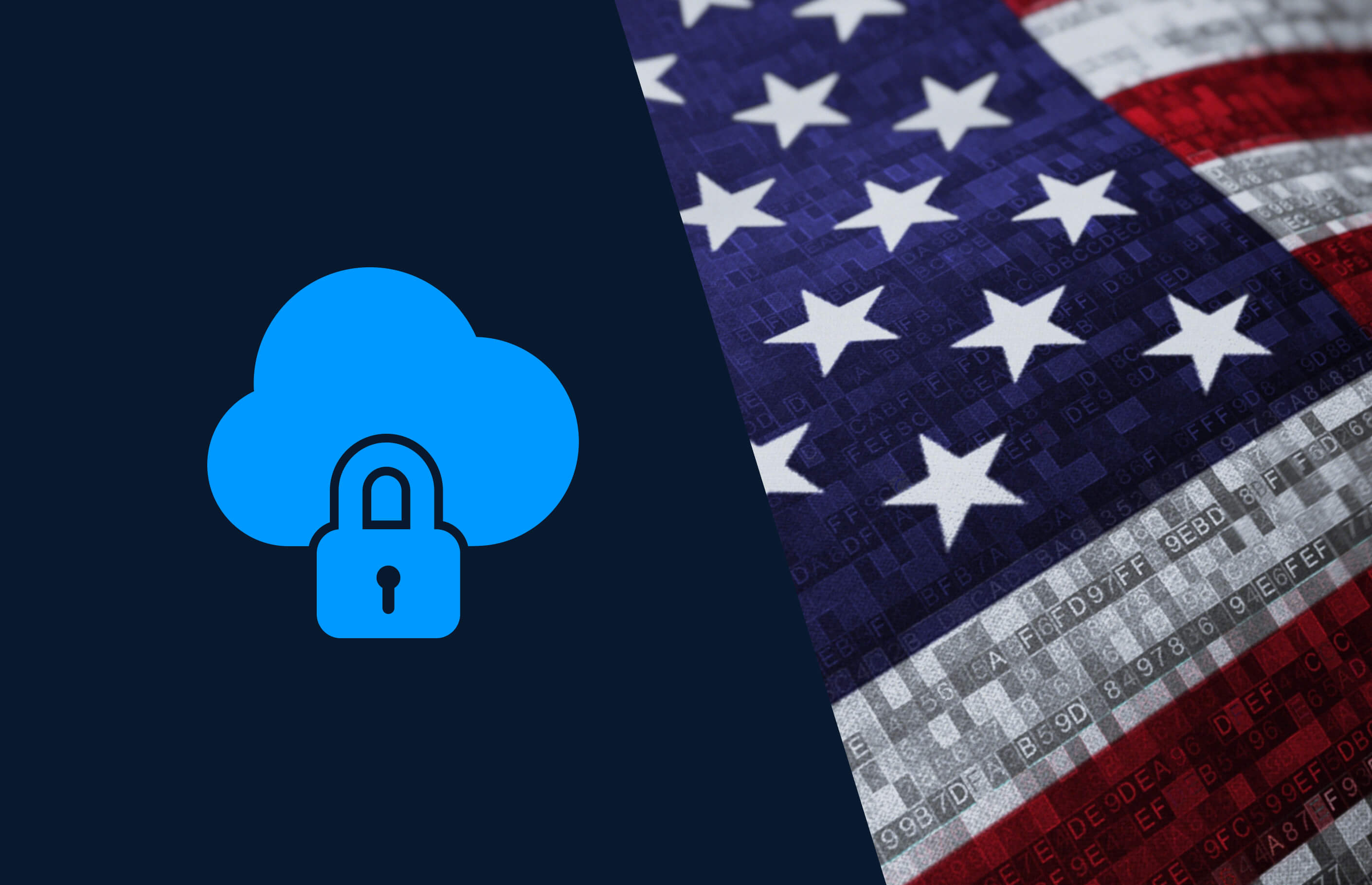Also in this category
View more in 5G5G
Starlink and 5G are often better together
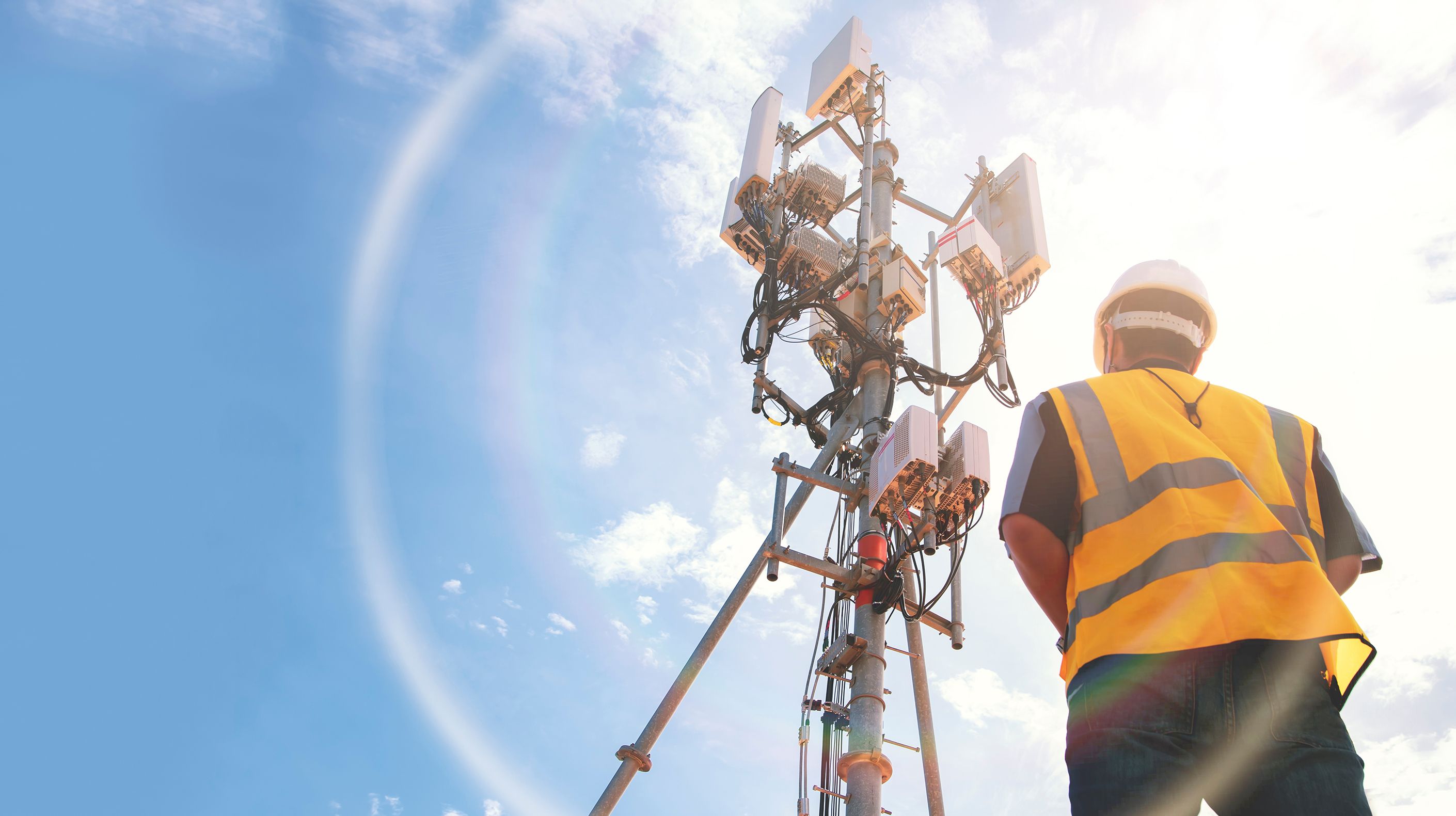
Starlink and 5G represent major developments in the field of internet connectivity, which has become a crucial consideration for enterprises. Many mission-critical and business-enhancing applications rely on high-quality connectivity.
The two technologies provide similar benefits but have crucial differences. Starlink is a satellite internet connection, meaning it relies on sending the data back and forth between satellites orbiting the earth and the ground station receiver, while 5G is a more recent network technology that is based on cellular networks. These differing approaches provide the two technologies with different strengths in different contexts.
Which is better for your business depends on your needs. Sometimes the two are better together, as their respective strengths can complement one another.
5G provides superior network speed and latency
Starlink and 5G both provide fast, low-latency connections. Starlink’s satellite internet connection generally leads to lower latency than traditional internet connections, such as LTE. Speeds are far from lightning-fast, generally at most reaching 250 Mbps.
On the other hand, 5G broadband provides much higher speeds and much lower latencies than available from any other technology so far. Often the latency can be as low as single digit milliseconds, with the potential for speeds of up to 2 Gbps.
As such, 5G may be a more attractive choice for applications needing faster download speeds or low-latency connectivity, particularly for real-time applications such as IoT.
Explore Inseego's 5G fixed wireless access solutions5G is catching up to Starlink’s broader network coverage
Starlink internet relies on its satellite network to provide coverage, while 5G is enabled through cellular 5G towers, Wi-Fi hotspots and routers, and network-connected IoT devices.
As such, Starlink’s coverage is global, operating over the whole Earth anywhere there is a direct view of the sky, while 5G network coverage is limited to locations where the proper infrastructure has been installed.
This can make Starlink a better option for remote areas, though it’s worth noting that 5G cell towers are expanding and will eventually be available to provide the same coverage in these areas in the future.
5G provides more built-in security features
When it comes to security features, both networks offer options.
5G uses end-to-end encryption, while Starlink relies on users having a secure VPN or proxy server to route traffic.
Both provide similar intrusion-prevention capabilities. But 5G also provides access to SD-WAN and SASE zero-trust network access security features, which allow enterprises with more stringent security needs to beef up their network security via additional encryption and authentication options.
Explore Inseego's SASE solutions5G provides more flexible and typically lower pricing
The cost to set up and maintain an enterprise network is another important consideration.
5G technology is typically more affordable since the cost of setting up and maintaining a 5G network is generally less than the cost of setting up and maintaining a satellite-based network like Starlink. Additionally, the infrastructure used for 5G networks is typically cheaper than the equipment used for Starlink networks.
Ultimately, the cost of either technology is highly dependent on the region and the internet service provider (ISPS) for both, which tends to go in 5G's favor as it has more price options to work with.
Using both can be highly viable
Of course, depending on your exact situation, it may not only be possible but highly efficient to use both technologies.
Enable reliable backup
For businesses or individuals who rely on reliable internet connectivity, it is essential to have a backup solution in case of an internet outage.
Depending on your exact deployment environment, you may want to use one or the other as that backup. As 5G tends to provide a more powerful and cost-effective connection, you’ll likely want this for your primary connection. Starlink can be used as a backup because it uses a completely different connection mechanism in case you run into an issue with your primary connection.
Cover both urban and rural locations
Another area where the technologies can complement one another is in bridging the rural-urban divide.
5G’s higher bandwidth capabilities and ability to support small cells easily and cheaply enable better network coverage in densely populated areas. Urban 5G speeds are much faster than Starlink due to its high density of wavelengths. This enables 5G networks to support bandwidth-intensive applications such as video streaming from security cameras.
On the other hand, Starlink provides reliable, high-speed internet access in areas that are currently only partially, or not at all, served by traditional broadband or cable providers. This allows Starlink to provide internet access to rural regions where terrestrial networks may suffer from poor coverage.
5G when you can, Starlink when you can’t
In a vacuum, 5G offers superior performance at a better price point. It is the ideal choice for those who require faster speeds and lower latency.
But 5G simply isn’t available everywhere yet. Starlink is available almost everywhere and can provide reliable satellite internet service with low latency. It is great for rural areas.
Therefore, it’s likely that the best choice for your enterprise is to adopt a 5G solution if it can, Starlink if it can’t. It may be a good idea to use both.
Deploy a superior 5G solution with Inseego
Inseego is a 5G industry leader that’s delivered numerous firsts. Our 5G modems, routers, and outdoor CPEs are rugged, high-performance devices that deliver superior performance in urban and rural deployments alike.
Our solutions provide advanced software and hardware backed by reliable and knowledgeable support. This enables your enterprise to easily deploy and maintain a cost-effective 5G network that supports your present needs and future goals.


